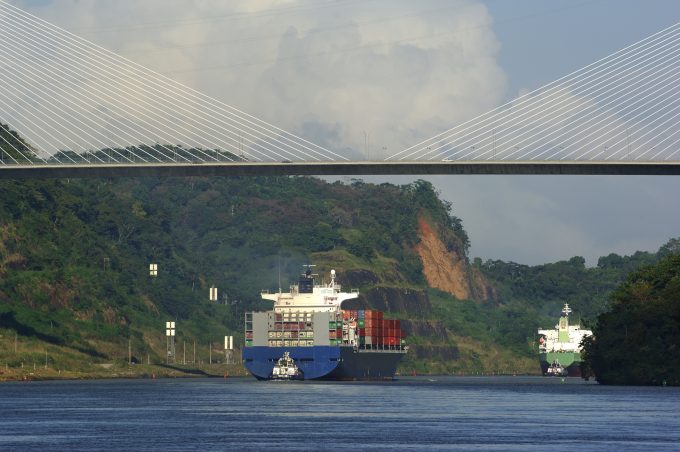
© Amaiquez
The Panama Canal could be back at nearly full capacity in time for this year’s peak season, if current rainfall forecasts prove to be accurate.
The Panama Canal Authority (ACP) yesterday released a new schedule for the number of daily transits it expects to be able to handle over the coming months.
The canal has a design capacity of 36 transits a day, although this is typically expressed as 34 to 38, but is currently allowing just 27.
There were fears last year, when the country was in the depths of an El Nino-induced drought, that daily transits could fall to as low as 18 in February, but a series of mitigation efforts by the ACP kept the level above 20.
The ACP said that, from 16 May it expects to offer 31 transits a day, and from 1 June that will increase to 32, meaning that the canal will, effectively, be operating at around 90% capacity.
The ACP added that it hoped to return to full capacity by the beginning of 2025.
“Current forecasts indicate that steady rainfall will arrive in late April and continue for a few months. If this is the case, the canal plans to gradually ease transit restrictions, allowing conditions to fully normalise by 2025,” it said in an advisory.
“All modifications to restrictions will be contingent on forecasts. If rains fall short of expectations, the canal could retain or apply further restrictions to transits or draughts.”
But it added: “However, moderate precipitation is expected to arrive later this month and grow in intensity, which would allow the Canal to progressively increase daily slots back to the 36 daily transits typically offered during the rainy season.”
The news is likely to be particularly welcomed by US shippers on the east coast that saw some Asia-USEC services initially diverted through Suez to avoid Panama, then diverted again, around the Cape of Good Hope, to avoid Suez, incrementally increasing transit times considerably.
The gradual increase in the canal’s ability to handle vessels also recently saw Maersk announce it would resume transits by its Oceania-North America east coast service, after the restrictions forced it into using the Panama Canal Railway as a landbridge between Panama’s Pacific and Atlantic ports.
Hapag-Lloyd and MSC both charter slot on the string, which is set to see its next Panama Canal transit in mid-May.
The resumption of vessel traffic on the string also allows an extra call at the Colombian hub of Cartagena restored to the schedule.